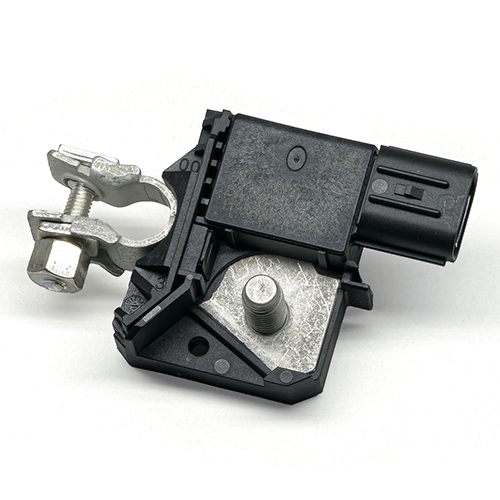HBCT - 汽车电流传感器
HBCT 系列通过一个 NTC 热敏电阻向发动机控制单元 (ECU) 提供流入和流出蓄电池的实际电流值以及环境温度。电流测量是在初级电路(大功率)和次级电路(电子电路)之间完全电隔离的情况下进行的。
HBCT 250-V 采用电池夹安装,传感器通过防水连接器与 ECU 的线束相连。
HBCT 电流传感器采用霍尔效应技术。它们专为汽车应用而设计。
HBCT - 特点和优势
HBCT 传感器 - 索取样品/报价
希望获得样品或报价?请单击下面的联系按钮,向我们提供您所需的有关该产品系列的信息。我们的销售团队将尽快给您回复。
